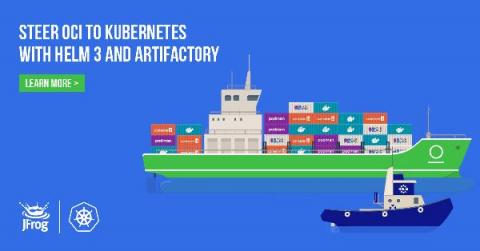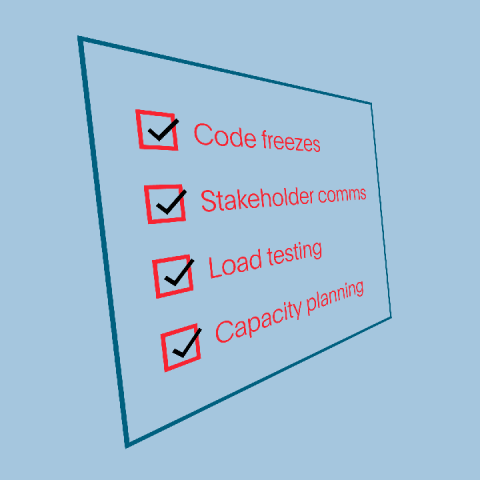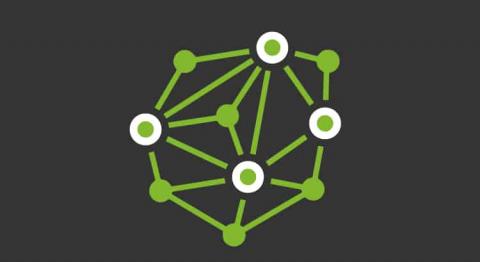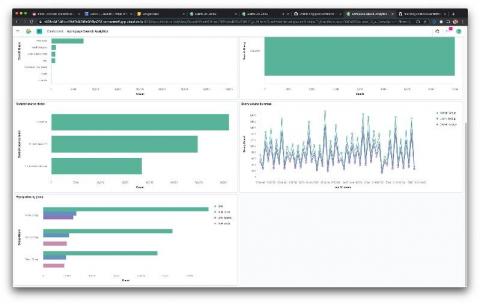Puppet and Relay: The Future of Hybrid Cloud Automation
Over the past year, we’ve talked to people building and operating the next generation of applications. Across the map, we saw cloud-native applications built upon an ever-increasing number of public cloud infrastructure APIs, tools, and managed services. Modern infrastructure lets anyone create automation, not just a few gatekeepers. This shift is powerful, but comes at the cost of complexity, which we built Relay to manage.










